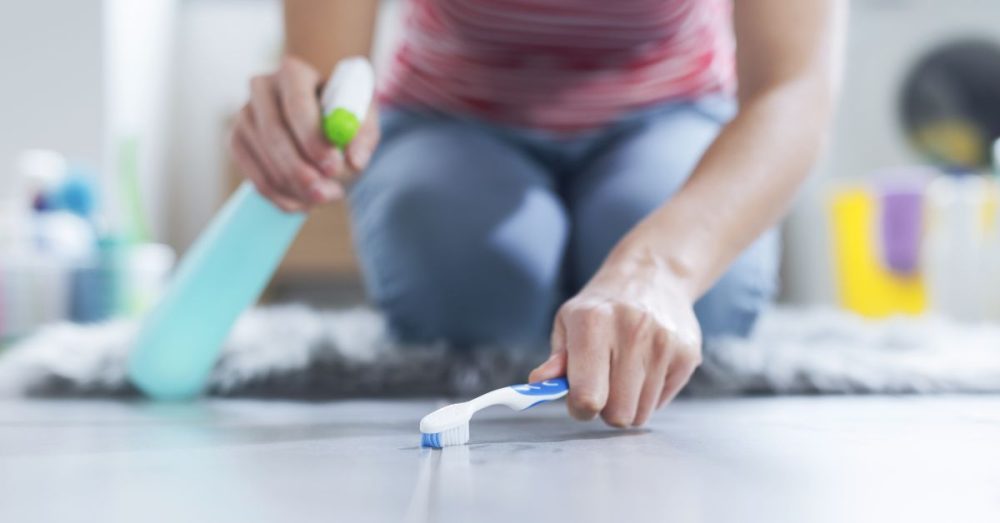You’ve probably seen the viral videos of people cleaning their homes from top to bottom, with the sounds of spray bottles, scrubbing, and vacuuming in the background.
The trendy videos come with their own hashtag: #CleanTok.
One of the largest consumer goods companies, Unilever, has even launched a #CleanTok partnership.
But the cleaning trend is not without its critics who claim that the videos fetishize sterility and colorlessness and border on excessive germ cleaning.
“The constant need to keep up with these decluttering and organizational trends is causing genuine mental and physical stress,” said Siân Pelleschi, president of the Association of Professional Declutterers and Organisers.
The New York Post reports on the concerns of experts over the cleaning trend, which is having detrimental effects on people’s mental health. Here’s the start of the story:
The cleaning gloves are coming off.
In an age of tidiness influencers, where mucking out your closet has become a legitimate social media trend, with millions of “Cleantok” videos racking up billions of views, experts warn that things are getting emotionally messy.
“The constant need to keep up with these decluttering and organizational trends is causing genuine mental and physical stress,” Association of Professional Declutterers and Organizers president Siân Pelleschi told The Guardian.
“People are losing the ability, in some cases, to distinguish between a fad and a method that can benefit their life. They’re experiencing overwhelm and feelings of hopelessness, thanks to all these different organizational trends and methods, Pelleschi said.
With National Organizing Week coming up September 16 to 23, the APDO is celebrating with a push to downsize peoples’ ambitions, urging everyone to get “back to basics.”
“Our goal is to reduce pressure on people to achieve perfection by emphasizing progress over perfection,” Pelleschi said. “We want to highlight the importance of focusing on basic needs and functions rather than aesthetic appeal.”


